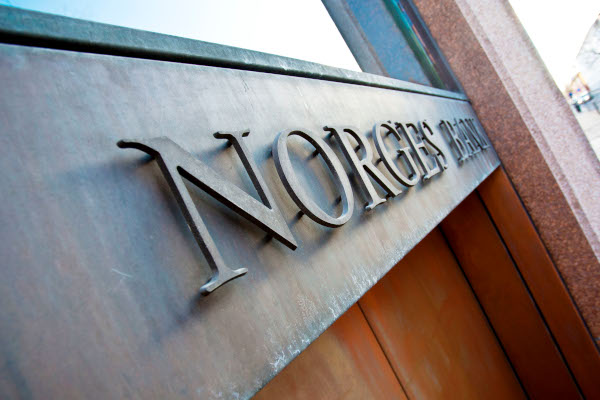Inflation shock in Norway derails rate cut expectations

Norway's central bank is likely to shelve plans for an anticipated March interest rate cut after February inflation data delivered an unwelcome surprise to policymakers and market participants alike. Consumer prices rose significantly above consensus forecasts, putting Norges Bank in a difficult position as it balances inflation concerns against mounting political pressure to ease borrowing costs.
The February inflation print showed core inflation running at 3.4% year-over-year, substantially exceeding both the central bank's 2% target and economists' expectations of 2.7%. This represents a sharp rise from the previous month, defying earlier predictions that inflation would ease in early 2025.
Norges Bank Governor Ida Wolden Bache has repeatedly emphasized the bank's independence and commitment to price stability, but now faces what appears to be an unambiguous case for maintaining the current policy rate at 4.5%.
The broader economic context offers little justification for rate cuts. Norway's unemployment rate sits at a remarkably low 3.9%, economic growth remains robust, and the housing market has surged - with prices soaring 6% in just the last two months alone.
"It's difficult to construct any reasonable argument for lowering rates in this environment," notes Alexander Koss, chief analyst at IX. "All the traditional metrics point toward maintaining tight monetary conditions, possibly even reassessing whether further tightening might be necessary if inflation doesn't begin trending downward soon."
The Norwegian krone strengthened immediately following the inflation report, gaining ground against the euro and dollar as traders rapidly repriced their interest rate expectations.
This development puts Norway on a divergent path from several other developed economies where central banks have begun cautiously reducing rates.
For Norwegian consumers and businesses, the inflation surprise likely means several more months of elevated borrowing costs. The average mortgage rate in Norway is at the highest level in many years, putting pressure on household finances in a country with exceptionally high levels of home ownership.
"We're seeing the classic central banker's dilemma play out in real time," explains Koss. "Allow inflation to run too hot and you risk de-anchoring expectations and creating more severe problems down the road. Cut rates prematurely and you could pour fuel on both the inflation fire and the housing market."
The source of Norway's persistent inflation remains subject to debate among economists. Some point to the tight labor market driving wage growth well above sustainable levels, while others emphasize the country's exposure to commodity price volatility due to its open economy. Additionally, rising money supply is adding to inflationary pressures, with the latest reading from February showing a 5.7% year on year increase.
Most economists agree that a March rate cut is off the table, though some still anticipate multiple cuts later in the year. Meanwhile, the most hawkish economists have already ruled out any cuts this year or next.
For now, Norway's economic policymakers face the uncomfortable reality that sometimes good economic news – low unemployment and strong growth – comes with the challenging side effect of persistent inflation that demands continued monetary vigilance.